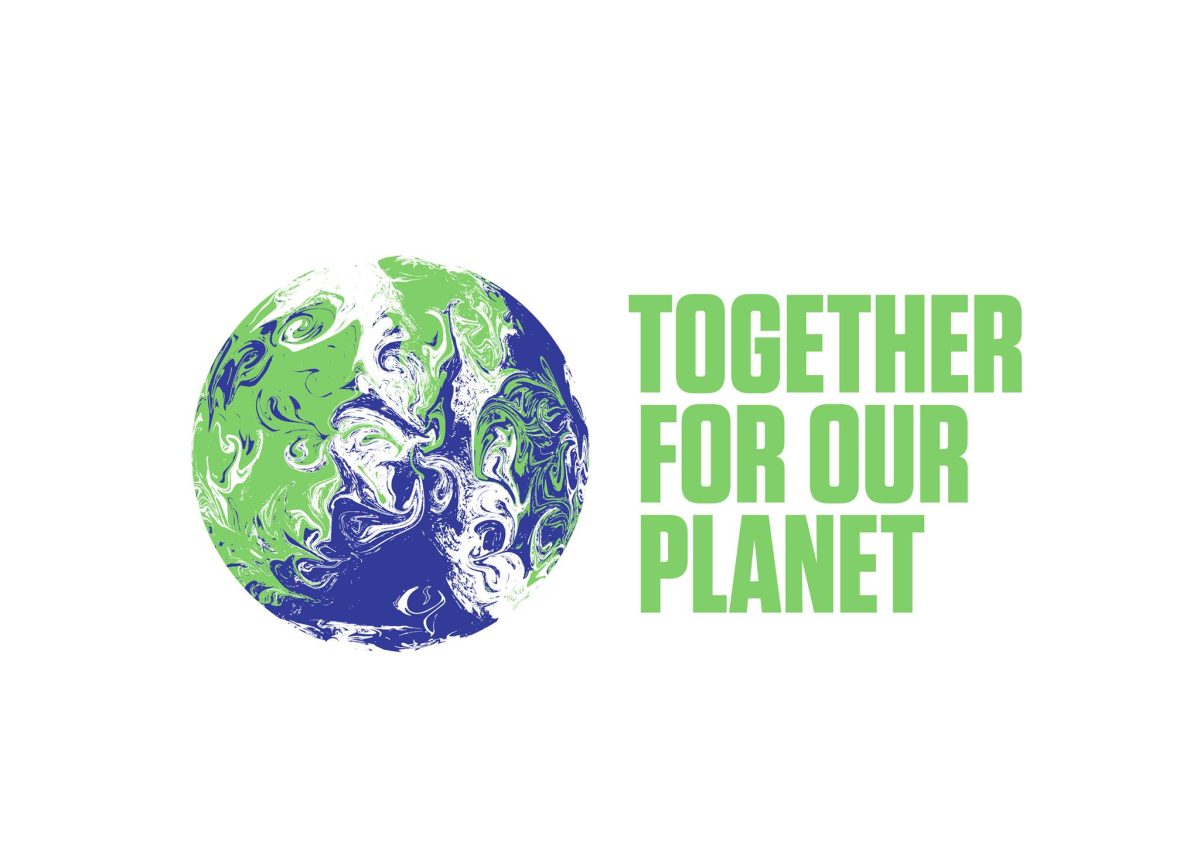When I was seven years old, I lived through one of the deadliest weather-related disasters in recent U.S. history.
It was July 1995 and my family lived in the northwestern suburbs of Chicago, IL, in a two-story house on a corner lot with a big, beautiful weeping willow tree and a few purple lilac bushes in the backyard (ironic to me now, because they’re both non-native to Illinois, like us). My dad was a steel salesman and my mom was taking night classes to become a nurse and taught flute lessons on the side. We had a cocker spaniel that my older brother named Toby, after the baby in Jim Henson’s The Labyrinth. Most importantly for the purposes of this essay, we had central air conditioning.
Over the weekend of July 12-15, 1995, heat index temperatures (what it really “feels like” outside when combining the effects of air temperature and humidity on your body) in Chicagoland would soar to over 110°F during the day and be buoyed up over 80°F by the urbanized landscape overnight. Temperatures would sit at or over 100°F for 42 hours that weekend. This oppressively extreme heatwave had crippling effects on urban infrastructure: firefighters were opening hydrants and using the water to lubricate the bridges downtown, so water pressure would drop unexpectedly throughout the city. A few roads buckled and contorted, keeping emergency vehicles from reaching those in dire need of assistance, while rolling blackouts plagued neighborhoods across the city.
This heatwave also dramatically changed the way we understand how social equity and climate stressors interact in our cities. Depending on the estimate, over 750 people died over the course of the heat wave, and many of these deaths were attributable to heat-related exacerbations of underlying conditions like chronic respiratory diseases. Moreover, the relative risk of dying during the heatwave was substantially higher among the elderly and Black populations in Chicago. Eric Klinenberg wrote a book about this heat wave and showed that, among these disproportionately affected Black neighborhoods, there was a history of isolating disinvestment and social fragmentation that further elevated the risk of death.

Meanwhile, just a few miles away as the crow flies, I was enjoying my family’s central air conditioning. We bought a small, plastic baby pool to put under the weeping willow’s shade to cool us off when we ventured outside. We ate ice cream and freeze pops and used the slip-and-slide. We didn’t suffer heat-related illness or death. The immense level of privilege and safety afforded to me and my family by the social structures that award and protect whiteness at the expense of Black life is sharply apparent in my otherwise rosy memory of the July 1995 heat wave. Today, as a white male climate scientist at an institution focused on expanding access to scientific information, I wonder how human-caused climate change — which has already made these heat wave events more common, longer in duration, and hotter than in decades past — will further amplify these existing inequities. Furthermore, I have learned that we absolutely must invest in place-based strategies to prepare and empower communities with actionable science tools and data to achieve true climate justice.
Human-caused climate change, brought about by the gradual accumulation of heat-trapping gases in the atmosphere from the near-constant combustion of fossil fuels like coal, oil, and gasoline to power our world, doesn’t affect humans the same way everywhere. Sure, I think that we hear about the effects of climate change more often now than we used to — it’ll get hotter and wetter, and coastal cities are going to have a lot of flooding issues, and a lot of people are concerned about this (or they’re blatantly denying that this exists) — but these impacts are usually spoken about at the scale of whole states, entire continents, or the world at large. Not only are climate change’s effects talked about at such vague magnitudes, but in many cases we also hold on to the perception that the effects of climate change remain far away in time and place: it’s not quite that bad yet; it’s not so bad here. This is a common frame of mind that I encounter in my work, especially when interacting with predominantly wealthy, white audiences, where extreme climate impacts remain abstracted behind a veil of privileged adaptive capacity (like air conditioning, flood insurance) or overall lower exposure to the stressors to begin with (through infrastructure like parks and tree canopy).
What we lose when we speak about climate change on these kinds of scales of time (it’s in the future) and place (it’s far away from me), of course, are the residents. The neighborhoods. The city blocks. The communities. And as it turns out, it’s at this scale where human-caused climate change really bears its gritty, inequitable teeth: any given person’s “vulnerability” to climate change is really just an intensification of the precarity that they were already experiencing. I can tell you a lot about your “vulnerability” to climate change just by knowing your zip code. Climate change simply amplifies the background hum of inequity in our world, which itself is perpetuated by the social systems that protect wealth and whiteness at the expense of communities of color.
Here in Richmond, we see climate change inequity play out most dramatically in the urban heat island map that was generated with community science observations of air temperature during a heat wave in July 2017. We discovered a 16°F difference between the hottest and coolest places at the same time, in the same city. These temperature differences are largely explained by the amount of green amenities like trees and parks in some places and the dominance of hard, human surfaces like wide, multilane roads and short buildings in others. Much like the trends we saw play out in the 1995 heat wave in Chicago, these hotter areas experience higher rates of ambulance visits for heat-related illnesses and the majority (~60%) of those heat-related illnesses are experienced by people of color. The likelihood of experiencing a heat-related illness is also higher if you’re near a stop on our transit system network or walking outdoors in these hotter areas.
To some, the results of our study were not altogether surprising, given the fact that the extreme heat map itself mirrored dozens of other maps of inequity in Richmond — food deserts, vacant properties, income, race, asthma, diabetes, social vulnerability, and life expectancy all vary in step with our extreme heat observations. How does this come to be?
Over the last few years as a white male working on this research at a public science museum, I’ve needed to reflect on how best I can leverage my position and resources to amplify the mission of other organizations that are seeking to achieve justice across these intersectional issues. I’ve learned a lot about these topics from work like The Black Butterfly and The Color of Law, and had the opportunity to explore how the City’s history of redlining, subsequent decades of disinvestment and marginalization through planning, and even preindustrial trends in neighborhood placement have either locked into place existing environmental inequity or physically made it worse both here in Richmond and around the country. But, exploring these trends and data doesn’t ameliorate the generational trauma felt by present-day residents, or achieve equity by itself — it merely shows us how intersectional the impacts of climate change are in the scope of all other inequities shaped by decision makers and policy for centuries.
So, what do I think would advance environmental justice and climate resilience in Richmond?
I strongly feel that we need to boldly create spaces that other cities have been afraid to offer: our institutions need to acknowledge the City’s past and connect with their own history, leading with “radical vulnerability” (a term that I’ve learned from my colleague Duron Chavis) as well as humility; our grant proposal budgets need to focus financial support into organizations and projects that are already working to lift up the lived experience of marginalized communities of color in the climate justice planning process instead of creating duplicative efforts or unnecessary and damaging competition; we must continue the burgeoning trend toward concentrated, intentional community consultation on the design of and prioritization of capital projects that are needed to ameliorate environmental inequity. I understand that these strategies are long-range and amorphous and difficult to implement immediately, especially with the consistent pushback from historically privileged communities in taking on this approach. However, the co-benefits of employing these strategies in our climate action planning and execution may then permeate other processes, from transportation planning to housing to City budgets.
What can be done to reduce the extreme nature of our City’s thermal inequity over the short term?
Richmond could, with enough political will and leadership, install shade canopies across our transit and pedestrian area systems to provide the bare minimum of protection from extreme heat exposure almost overnight. These and other types of engineered shade structures are extremely effective and could be implemented virtually anywhere in the city, especially along our most-used bus routes. These structures would also shelter transit riders not only from heat but also from rain, snow, and wind. Built with native plant gardens and stormwater harvesting capabilities, we could see these transportation infrastructure investments as co-beneficial interventions that address numerous urban design flaws that give rise to health and environmental inequity. Of course, we also know that trees are nature’s air conditioning units — and there are fewer and shorter trees in formerly redlined areas. Investing in Tree Equity is yet another promising practice that has emerged as cities and nonprofits turn their attention toward thermal inequity as well as the mental and physical health benefits of living in greener areas. I’ve also explored how increasing a city’s housing density (which, if mandated to include affordable, mixed-income communities and functional public green spaces by updating our zoning code, would address several of our current issues at once — including providing a way to minimize green gentrification) could lead to additional temperature relief during our hottest events by creating shade.
How can we realize climate justice strategies?
Many of these strategies, both explicitly and implicitly, are being emphasized in our City’s recent Richmond 300 plan as well as the rapidly-developing RVAgreen2050 plan, which specifically centers equitable approaches to climate change action throughout its process. While these plans are great progress (and we should celebrate them as such), we must demand more. Implementing these plans will require coalitions of organizations like those we’ve been working with on recent climate resilience literacy projects that understand that climate change justice is racial justice.
In my view, centering these values in our climate change resilience and environmental justice work would lead to climate resilience policy decisions in Richmond that incorporate the values of community members, demonstrably improve community health and wellbeing, and bolster socioeconomic equity across the city. There’s also a way to see that these policies would transform other aspects of our city, such that your race or zip code no longer predicts your life expectancy, your income, your access to transportation, your summertime temperature, your food security, your propensity to chronic illness, your educational attainment, your credit score.
Dr. Jeremy Hoffman is the Chief Scientist at the Science Museum of Virginia and Affiliate Faculty in the L. Douglas Wilder School and the Center for Environmental Studies at Virginia Commonwealth University. Dr. Hoffman connects audiences to their changing planet through participatory environmental research and interactive, hands-on, and immersive experiences, earning recognition as one of Style Weekly Richmond’s Top 40 Under 40 in 2019 and one of the Grist 50 Fixers for 2020.
This essay is part of the Richmond Racial Equity Essays series, exploring what racial equity looks like in Richmond, Virginia. It is reprinted here with permission. Check out the full project, the accompanying videos, and the podcast.



